A lawn that is lively and vibrant is a cause of admiration by many and is a sign of a diligent gardener with healthy ecosystem. Even the most committed gardeners could see their stunning lawn ruined by the obnoxious appearance of a lawn fungus. The tiny spores of fungus can transform an attractive lawn into patches of yellow, brown, and even achy patches which could cause irritation and a desperate look.
The lawn disease caused by fungal organisms are prevalent and can cause lawn damage of all kinds in terms of weather conditions and varieties. Between brown spots to red threads to mildew that’s powdery, the range of fungal hazards that could be a threat to your lawn could seem overwhelming. But, if you follow an active approach to prevent and make a swift, well informed choice to keep your lawn, it will be in good shape and healthy.
This entire guide will dive into the real Knowledge of lawn fungus that destroy lawns. It provides the underlying causes of these ailments as well as methods to recognize the most prevalent types. The most important aspect is that it gives seven methods to stop the development of these illnesses and to effectively address the problems that already exist. Understanding the fundamentals of healthy lawns by implementing these methods can help you in maintaining a sturdy and healthy lawn.
Understanding Lawn Fungus: The Basics
Before we dive into ways to prevent and treat the problem of lawn fungus, it is important to know what causes lawn fungus as well as the reasons why it appears. The fungi thrive in certain conditions. Your lawn can be an ideal habitat for fungi.
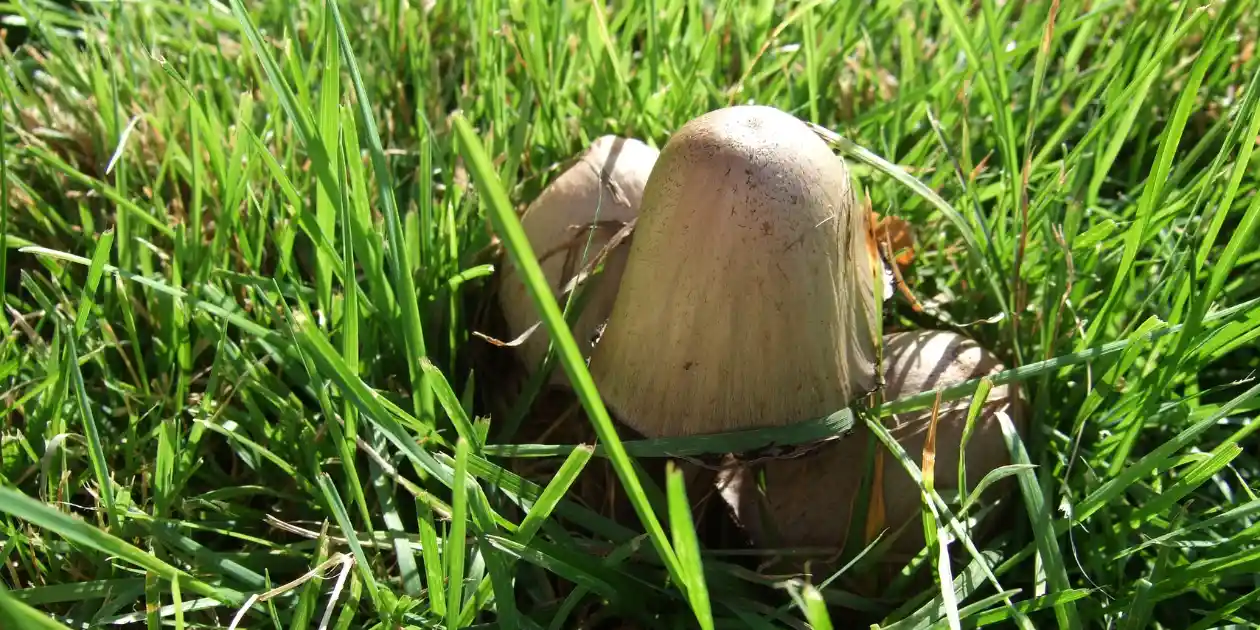
1. What Causes Lawn Fungus?
The fungus responsible for lawn rot typically has three distinct factors that are sometimes called”the “disease triangle”:
- Highly vulnerable Host: Your grass type. Certain kinds of grass are more prone to various fungal diseases than other varieties.
- Pathogenic Organism’s Presence: The fungal spores can be found in soil or in the air. They are typically inactive and don’t become active until circumstances are favorable.
- Healthy Environment: The most crucial aspect, and one that you control the most over. Conditions such as prolonged humidity high temperatures, extreme humidity, insufficient circulation of air, and deficiencies in the levels of nutrients create the perfect conditions for dormant spores to expand.
2. Common Symptoms of Lawn Fungus
The recognition of a fungal infection early is crucial for ensuring a successful treatment. Be aware of the following symptoms:
- Patch Discolored: Discolored, unusually circular patches or streaks of in brown green, yellow or red.
- The Grass is Thin or Wilting: regions where grass seems thin or weak or is droopy.
- Visible Growth: There are times when you can observe growth in a blurred way (mycelium) and spots of black or brown on blades, or an opaque coating.
- Lesions On Blades: The tiny spots, or blemishes on the grass’ blades.
- Odor Unusual: A small number of serious lawn fungus infections could create a sour, distinct scent.
Common Types of Lawn Fungus
Knowing the type of fungus that is at the root of the issue will help in the development of a treatment plan. Here are some of the most well known types:
1. Brown Patch:
- Appearance: circular patches of dead or brown thin grass. Most often, they have darker “smoke ring” border, which could range from just a few inches to several feet in the size.
- Conditions: Hot, humid conditions High nitrogen fertilization lack of ventilation, soil that has become compacted, and prolonged dryness of the leaves.
- Affescted grasses: Rye grass, Fescues bent grass Zoysia grass as well as the St. Augustine grass.
2. Dollar Spot:
- Appearance: Small, circular areas of straw-colored grass that are sunken roughly the size of the Silver coin (2-6 inches). If left untreated, they may change into larger irregular areas.
- Conditions: Drought stress, low nitrogen levels, long cool nights of dew and sunny days.
- Affected Grasses: Bentgrass, Bermudagrass, Zoysiagrass, Kentucky Bluegrass, fescues, ryegrass.
3. Red Thread:
- Appearance: irregular patches of brown or reddish grass, usually featuring distinct threads of pink-reddish (stromata) that extend beyond the grass blades.
- Conditions: Cool, wet conditions, slow-growing grass with low fertileness of nitrogen.
- Affected Grasses: Fescues, ryegrass, Kentucky Bluegrass, bentgrass.
4. Powdery Mildew:
- Appearance: The growth is white or greyish that is visible at the top of grass blades.
- Conditions: Shady, humid conditions with no air circulation.
- Affected Grasses: Most commonly Kentucky Bluegrass and fescues which are shaded.
5. Rust:
- Appearance: Pustules of yellow, orange or brown that resemble puffy pustules that are on the grass. They may be smudged onto shoes or clothing.
- Conditions: Moderate temperatures, low nitrogen and high humidity drought stress.
- Affected Grasses: Fescues, Ryegrass Kentucky Bluegrass, Zoysiagrass, Bermudagrass.
6. Snow Mold (Pink and Gray)
- Appearance: small patches that appear circular in matted, bleached or grayish grass. They seem like snow melts at times, and sometimes sporting pink-colored growths of fungal.
- Conditions: Cold, wet conditions with snow cover, or prolonged cool and wet weather.
- Affected Grasses: All cool season grasses.
7 Expert Ways to Prevent and Treat Common Lawn Fungus Problems
With a thorough understanding of the fundamentals of lawn fungus, we are now able to look at the best methods to ensure that your lawn remains free of fungus. These strategies blend methods of cultivation with the control of the environment, as well as, when required chemical treatments.
1. Master Your Watering Practices:
Incorrect watering is the primary cause of fungal illnesses. Fungal species thrive in the water, especially when grass blades get wet for long durations.
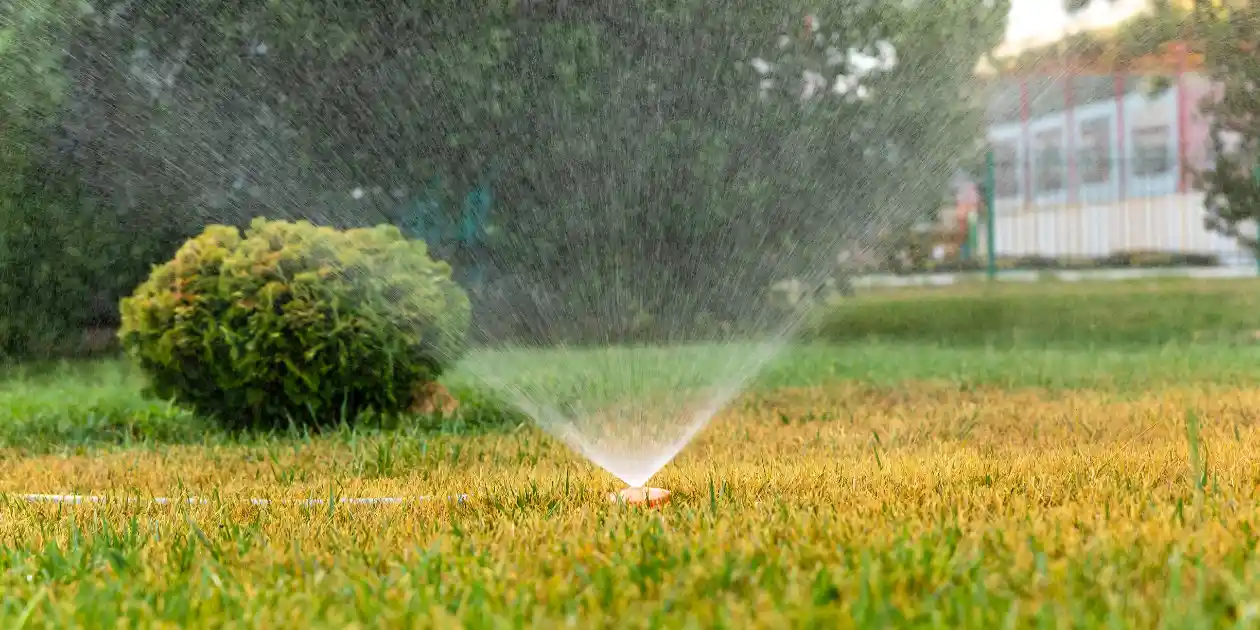
- Regularly and Frequently: Instead of shallow regular watering, consider deep watering once or twice every week, based on the weather conditions and grass kind. This encourages root growth, which will make your grass more resistant to stress.
- The water is in the Morning Hours: The best time to water is in the first hour of the day (before the time of 10 am). This allows grass blades to be to dry completely before night comes. It is not recommended to water during the evening or at late at night is not recommended since it could leave the grass wet for long periods of time. This provides a perfect environment for fungal spores to grow.
- Beware of Overwatering: Overwatering can result in the soil becoming saturated, which denies roots of oxygen and leads to anaerobic conditions that stress the grass and stimulate particular kinds of fungi.
- Check out the Rain Sensor: For irrigation systems that are automated, a rain sensor can stop water from going to waste in dry times.
2. Optimize Mowing Habits:
The way you cut your lawn could affect its health and vulnerability to disease.
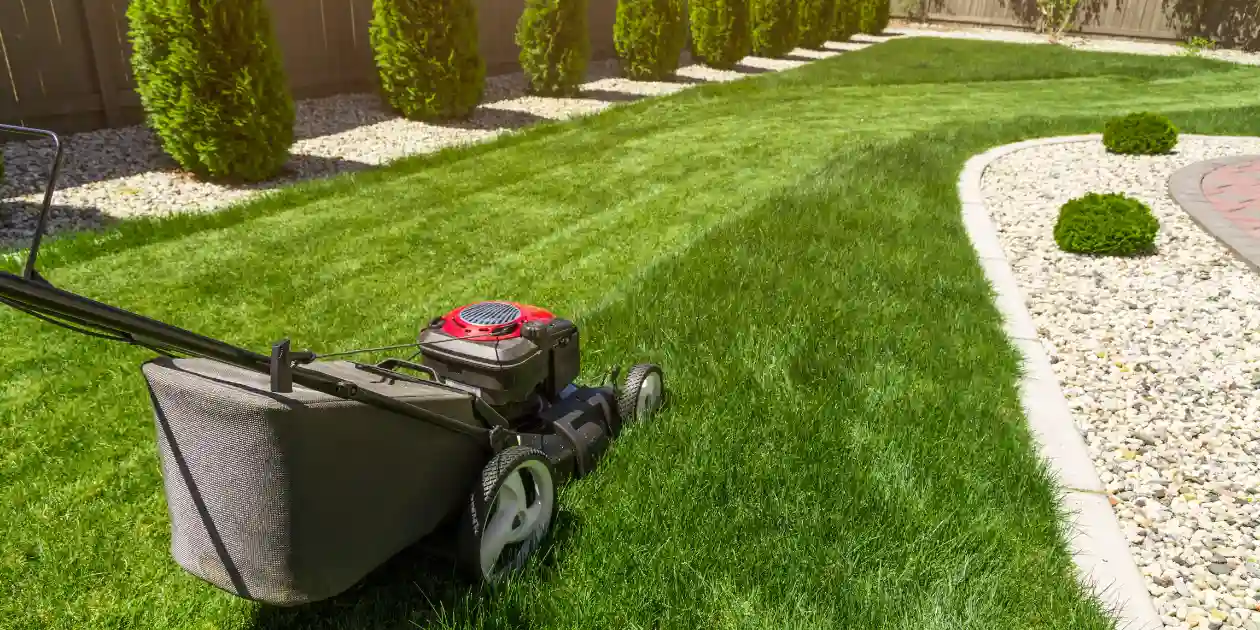
- Cutting at the correct Height: Most grass types are healthier when cut at an altitude between 2.5 to 3 inches. The higher grasses shades it, and this aids in decreasing growing weeds as well as stimulating deep root systems. Cutting too thin (scalping) can stress the grass, which can cause that it becomes more prone to stress or diseases.
- Never removing more than One Third of the Height: Stick to what you call your “one-third rule.” Don’t remove more than one third of the height of your grass within a single mow. If your grass is particularly large, you may need the lawn cut more frequently as well as increase deck’s the height. You can also do several passes.
- Maintain the mower’s blades Clean: Dull blades tear the grass, instead rather than cutting the grass. The edges that are ragged create open wounds, which are more susceptible to fungal infections. They also cause a dull appearance which can be unhealthy. Sharpen the mower’s blades at least once every season, or more frequently if you have an vast lawn.
- Clean Mower Deck: Fungal spores could remain on the mower’s deck. Clean it after you’ve mowed, particularly if you’ve cut an area that is infected with disease, to prevent the spread of disease spores to healthy areas which are part of your lawn.
3. Implement Proper Fertilization:
Fertilization is a great source of nutrients, but insufficient or overly large quantities of certain elements could cause your lawn to be in a state of imbalance, which could increase the risk of illnesses.
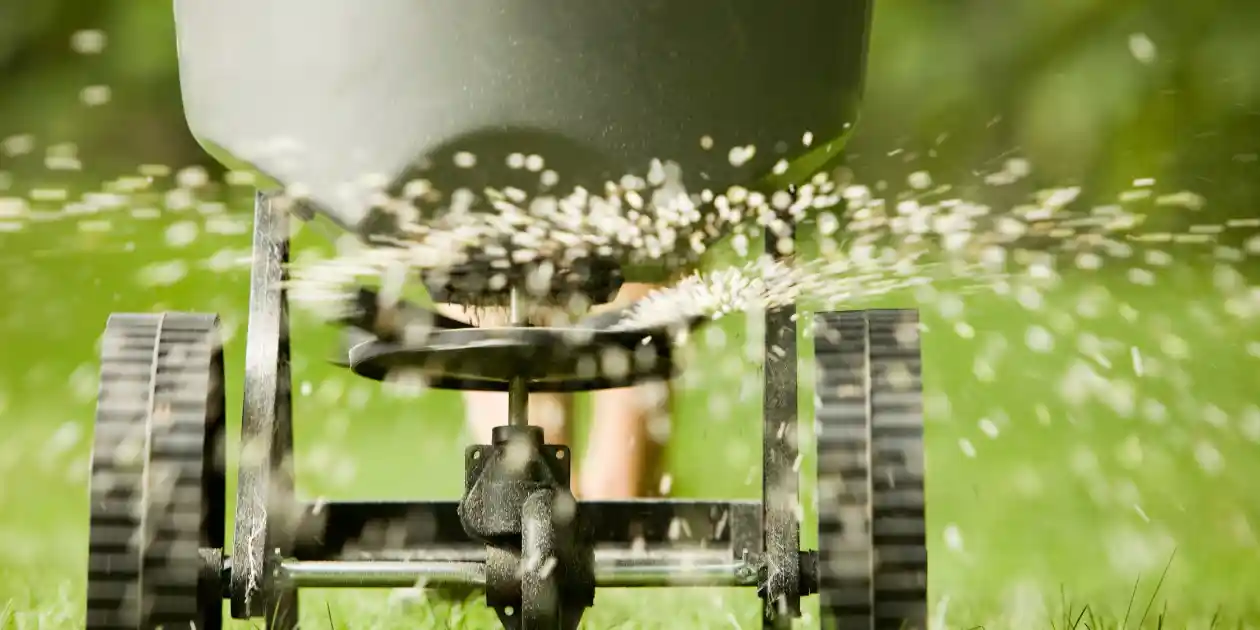
- Soil Tests are Crucial: The most crucial step is to obtain a expert soil test. It will reveal the nutrients your soil is lacking in the area or is overflowing. This will help you choose the right fertilizer mix.
- Nutritional Balance: Nitrogen is a great source of green growth excessive nitrogen, especially in hot, humid periods can make your lawn susceptible to diseases such as brown patches. Make sure that the fertilizer you use contains the correct mix consisting of nitrogen (N) together with Phosphorus (P) and Phosphorus (P) in addition to potassium (K) often referred to as N-P-K. Potassium can be particularly beneficial in fighting off diseases and overall general health for the plants.
- Apply Rates in the order they Apply: Always follow the suggested rates of application listed on the label of the fertilizer. Over-fertilizing is as damaging as under-fertilizing.
- The timing of application is Vital: Apply fertilizer at the right time for the grass type and the climate. Don’t apply massive amounts of nitrogen during the time when certain species of fungi (like these dark brown spots) are the most active.
4. Improve Air Circulation and Drainage:
Insufficient airflow and drainage may result in the soil becoming dry and sluggish on the surface of the soil.
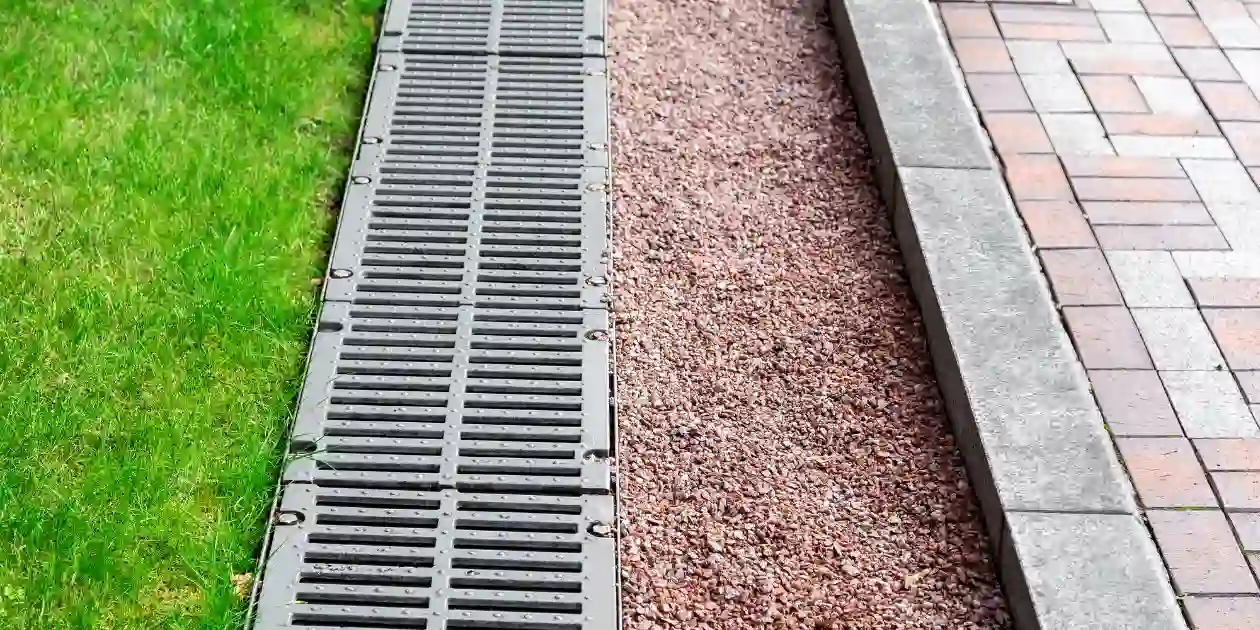
- Thatching: With time the accumulation of organic dead matter, as well as lawn (thatch) will develop in the soil on its top and the grass blades. The thick layer of thatch (over 1/2 inch) stops water and air from getting to the soil, and it also suffocates the soil and is an ideal environment for fungal growth. Dethatch your lawn each year or biannually with an aerator or machine specifically designed for grasses that grow that are in warm climates.
- Aeration: The soil’s compacting can slow air and water circulation towards the roots. It may also block drainage. Aeration of the root is taking small bits of soil. It aids in reducing compaction, increases the flow of air and water and helps in promoting the development of the roots. It is suggested to Aerate your lawn at minimum every year and with a particular focus in areas commonly utilized or are surrounded by clay soil.
- Address shaded Zones: Trim tree branches or cut thick plants to let more sunlight can be absorbed and allow air to circulate through shaded areas as a part of a lawn. If you’re concerned about shade related issues, you may be interested in the establishment kinds of lawns that can tolerate shade, or different kinds types of soil cover.
- Right Drainage Issues: If you reside within areas which are continuously flooding with water following rain, you should think about improving the process or the installing of French drains, or water gardens to improve drainage of your entire area.
5. Choose Disease Resistant Grass Varieties:
Prevention begins with laying an established base. Picking grass species that are known as resistant to disease will dramatically reduce the fungus’s danger.
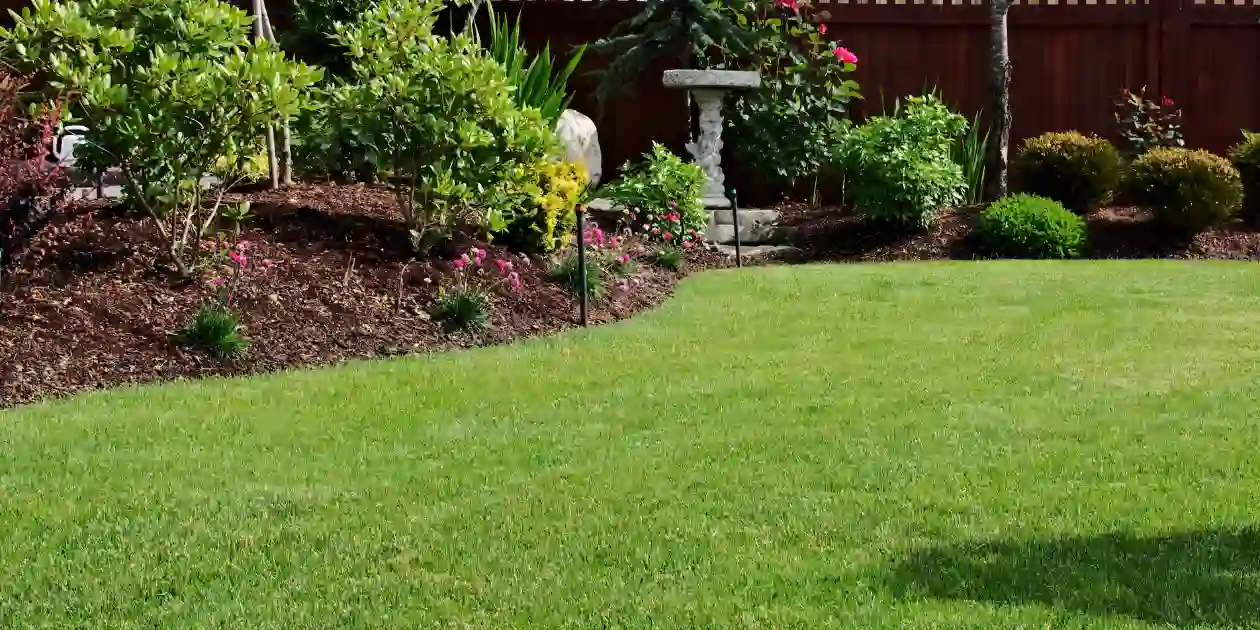
- Locate Research Guidelines: Contact an extension office in your region or knowledgeable nursery to determine which cultivars as well as grass species that have the best performances and are resistant to the many illnesses in your area as well as the climate.
- Season: Discover which regions are suitable for grasses that are cooler-seasonal (Kentucky Bluegrass, Fescues, and Ryegrass) and warmer season grasses (Bermudagrass, Zoysiagrass, St. Augustinegrass) and cultivars which have been recognized as resistant to disease in these categories.
- Overseeding using Improved cultivars: If you’ve already a lawn susceptible to disease, think about stake your lawn using newer resistant cultivars that are immune to diseases. This will gradually introduce stronger varieties of grass.
- Mix grass types: The establishment of a mixture of grasses from different species (e.g. mixing of fescues like in Kentucky Bluegrass) can provide more resistance to diseases as various species have different susceptibility to pathogens that are different from species.
6. Practice Good Lawn Hygiene:
Simple hygiene habits can assist in preventing the spread of fungal spores.
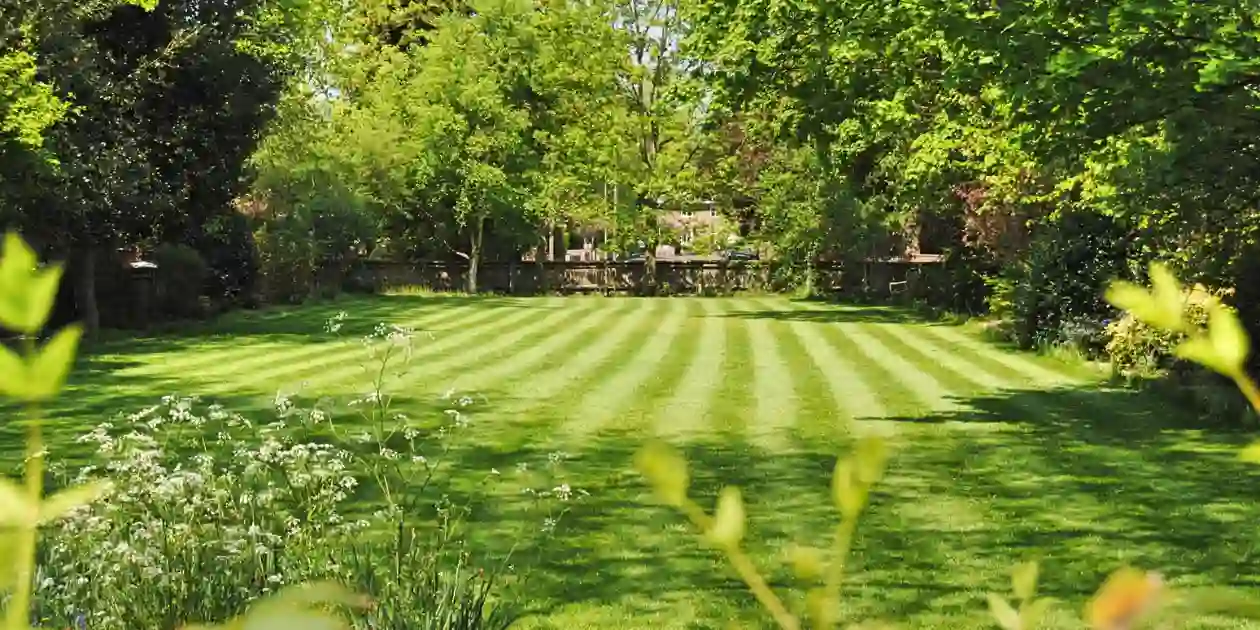
- Remove the Clutter: Take away branches and leaves that fall as soil particles rapidly, especially in the fall. They may hold water and become an ideal habitat of fungal spores.
- Remove the Grass Clippings: While mulching grass clippings (leaving them on the lawn) could be beneficial in replenishing nutrition. If you’re suffering from an active outbreak of fungal infections, it is suggested to eliminate and remove clips from the affected areas to stop spreading the fungal spores.
- Cleansing Equipment: If you’ve worked in an area that is the habitat of active fungus, you must clean every piece of equipment you work with (mower or edger or Rake) by making use of bleach-diluted solution (1 one part bleach for 9 parts water) or disinfectant to stop the spread of spores in healthy areas.
- Avoid walking on areas affected by the Disease: Try to limit walking in the affected areas particularly during rainy weather in order to stop spores spreading to other lawns.
7. Judicious Use of Fungicides:
The chemical compound fungicides designed to inhibit or stop the development of fungi. They should be used only in when needed as a last resort alternative in the event of serious chronic or persistent problems, and not as the sole defense.
- Search for the Fungus: Before you apply any fungicide, it’s crucial to identify the type of fungus that has been causing harm to your lawn. Different fungicides target different kinds of fungi. If a fungus isn’t properly recognized, it could cause a lack of an effective treatment.
- Curative Fungicides: These work on contact with fungi on the grass’s top. They can be used to help treat an illness, but they do not provide protection after the fungus is gone or if grass is beginning to grow.
- Follow the guidelines on the label in detail: Fungicides are chemicals and should be applied according to the guidelines of the producer regarding the amount of application, timing, precautions (wearing glasses and gloves) and the intervals between reapplications. If used excessively, they can cause damage to your lawn and the surrounding environment.
- Different Fungicides which rotate: Fungi can create resistance to fungicides once this fungicide type is utilized. Alternate among different active ingredients or fungicide types to avoid the development of resistance.
- Consider professional assistance: If you have an ongoing or significant fungal infection, think about using a lawn maintenance company that is professional. They are able to access commercial grade fungicides, and are also skilled in identifying and implementing.
Common Mistakes to Avoid For Lawn Fungus
- Do not immediately go to chemical treatments that are brutal. Sometimes, changing your methods could solve the lawn fungus issue.
- A poor treatment could cause harm to beneficial soil microbes, and stress the grass further.
- The early detection of symptoms is crucial. Do not wait until the infection has spread quickly to take action.
- Overly frequent and in excess, especially in the evening can result in catastrophe.
- It can cause illnesses such as brown patches.
- A healthy ecosystem of soil is the most effective protection against illnesses.
Conclusion
The growth of lawn fungus spores can be a challenge however it’s not impossible. If you’re aware the causes that trigger the development of fungal spores, and taking action to avoid it, you will significantly reduce the likelihood of having an outbreak. If it does happen, promptly and with a clearly defined plan of action, including adjustments to your culture and the use of fungicides as necessary, you can restore your lawn to its former glory without lawn fungus. You’re also creating a natural environment that combats illnesses. Use these suggestions of experts, You’ll be well on your way to enjoying the most healthy carpet, with a vibrant and fungus free appearance for many years to come.
FAQs
How do I know if I have lawn fungus or just dry spots?
Dry spots usually develop during droughts and affect entire sections of your lawn. Fungi often form distinctive patterns with different colors and sometimes visible growth. If watering doesn’t revive your lawn and symptoms worsen after rain or high humidity, it’s likely a fungal infection. Check for visible spores or lesions on the grass blades to confirm lawn fungus.
Can I use common household remedies like baking soda to treat lawn fungus?
Some gardeners try baking soda or neem oil, but their effectiveness is limited and not scientifically proven for all fungi. They may help with minor issues in early stages, but for established problems, targeted fungicides and cultural changes are more effective.
How long does it take for a lawn to heal after applying fungicide?
Fungicides slow the spread of fungus but do not instantly regrow dead grass. Affected areas may need reseeding or new turf. Recovery time depends on the severity, grass type, and growing conditions—it can take weeks to months for full restoration.
Is it safe for children and pets to play on the lawn after fungicide is applied?
Always read the fungicide label carefully. Most products specify a “re-entry interval” (REI), which is the time you should wait before allowing children or pets on the treated area. This is usually after the treatment has dried, but some products may require a longer wait. Always follow safety instructions.
Can lawn fungus spread from my grass to other plants in my yard?
Most lawn fungi are host-specific and only affect grasses, but some, like powdery mildew, can affect a variety of plants. Keep your garden clean and healthy, and address fungal issues promptly to prevent spread.

